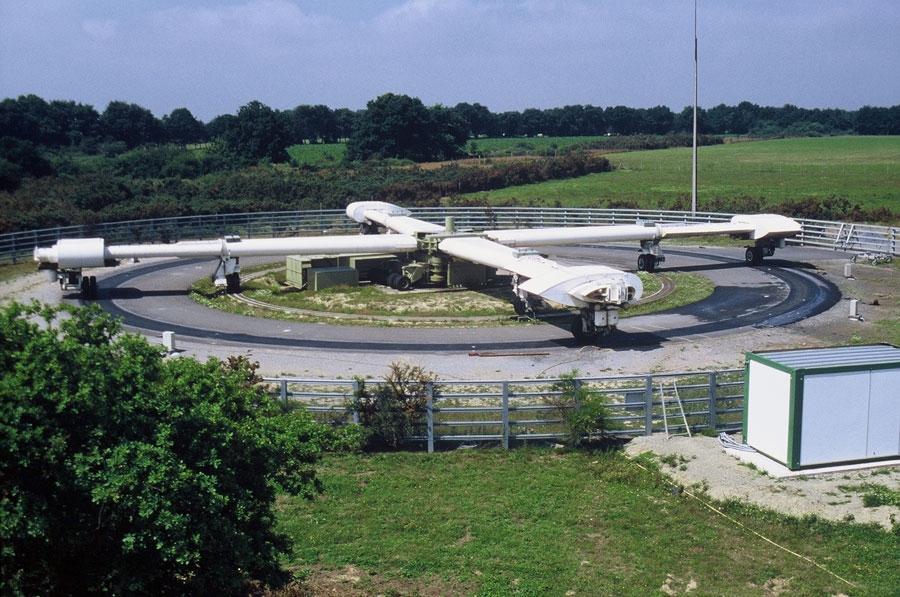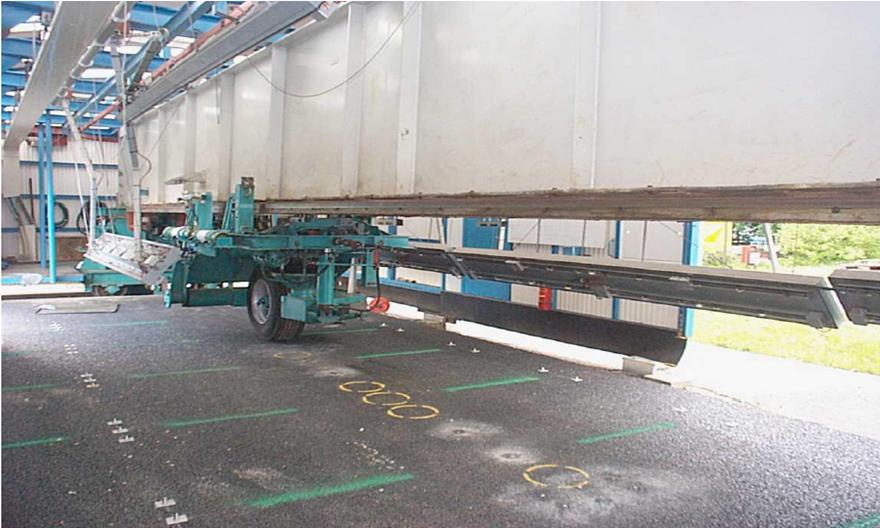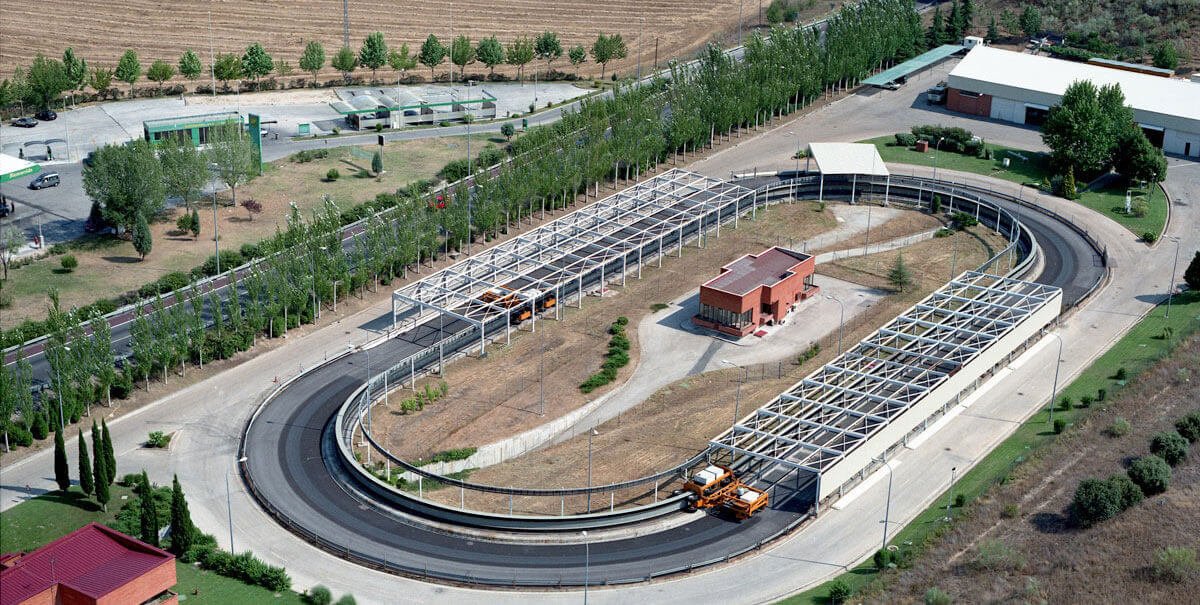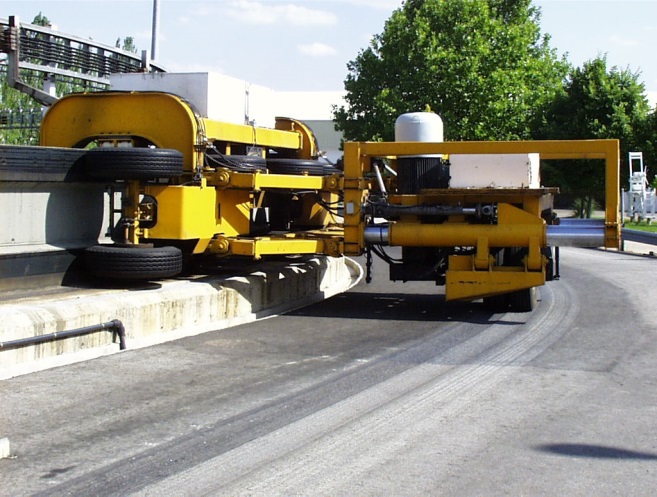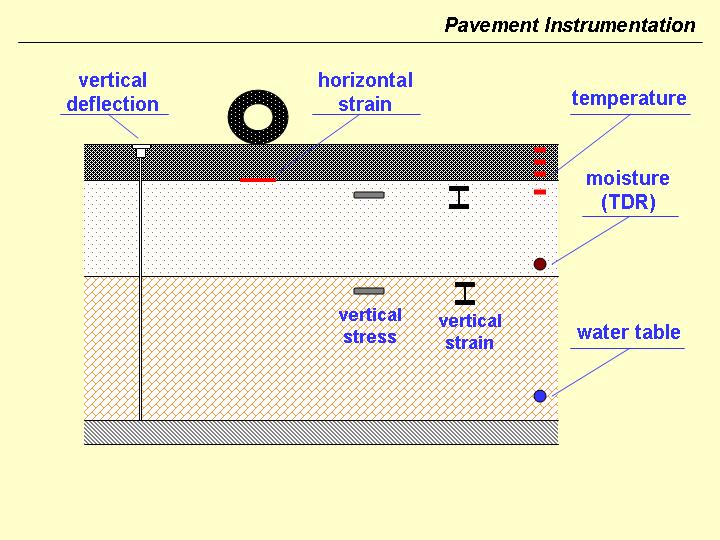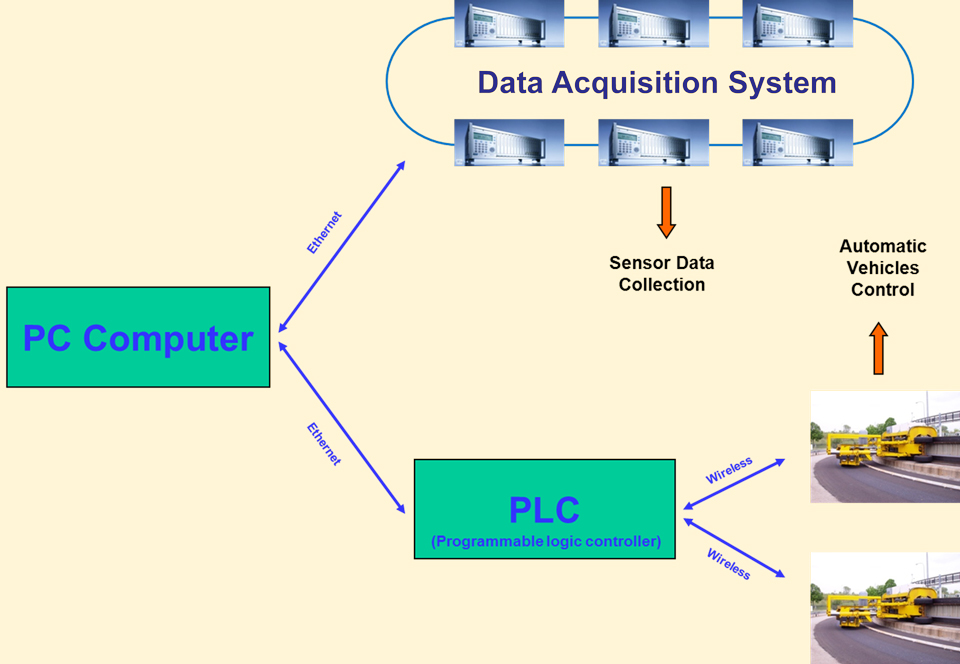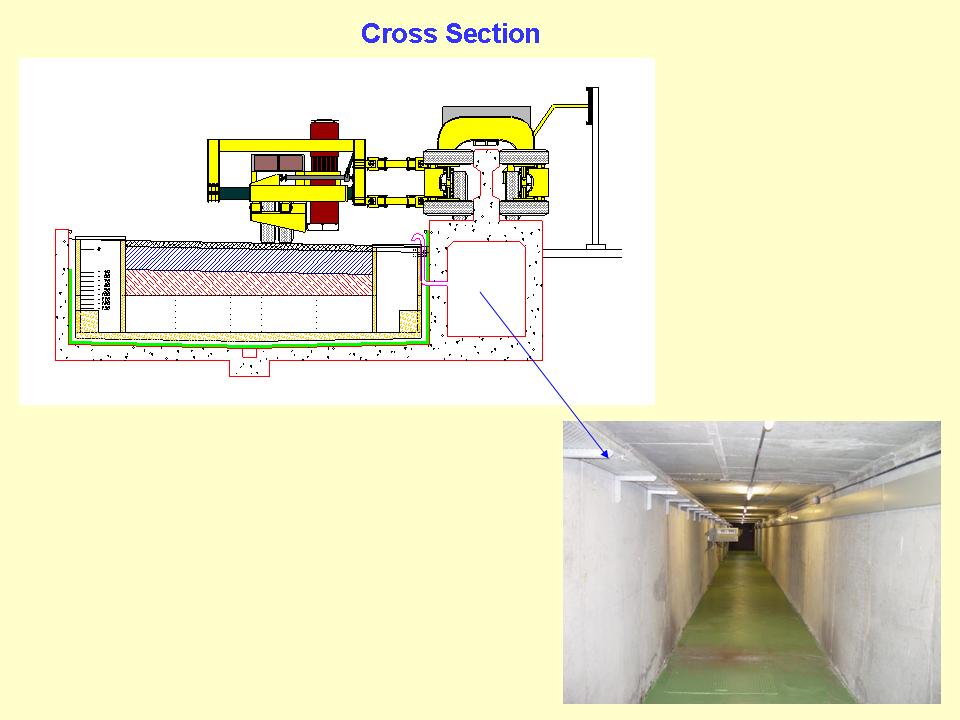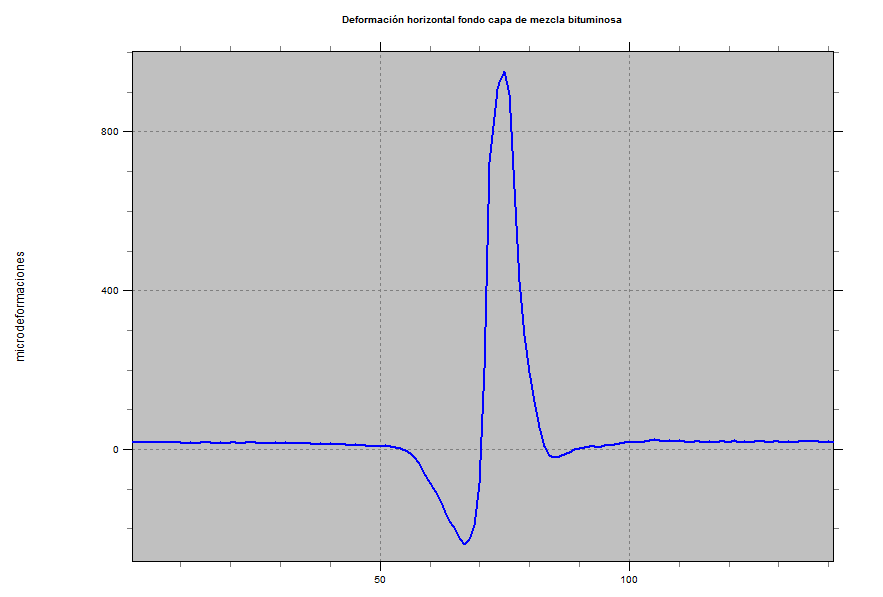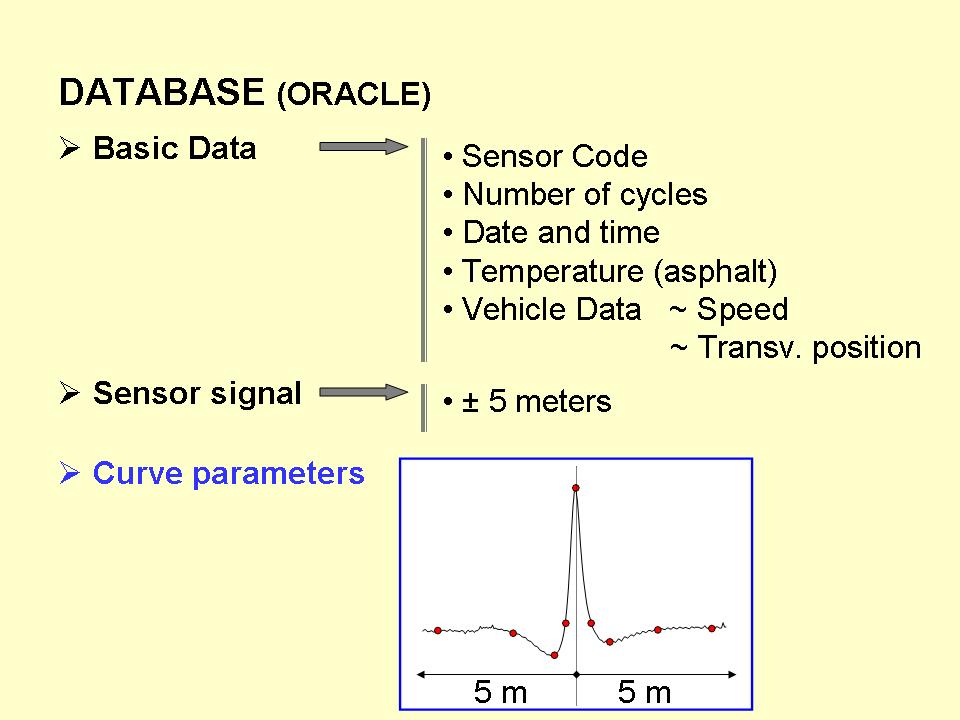Measuring parameters
When a wheel moves along a road, stresses and strains develop at any point of the pavement structure; this stresses and strains depend on the type, magnitude and direction of the load, pavement structure, type of subgrade, temperature, depth, etc.
The instrumentation of the pavement makes possible the measurement of the stresses and the strains that appear in different parts of the pavement under the pass of a load, and especially those that are considered to be critical.
For each layer, the critical points as well as the tensodeformational variables are different, and that has to be considered when choosing the type of sensor and its placement.
Horizontal tensile strain at the bottom of the bituminous layer is considered the most important response variable for flexible pavements. Consequently, the instrumentation of the asphalt mixture layers is mainly focused on measuring horizontal strain at the bottom of the layer.
Granular layers and soils fail mainly due to accumulation of vertical strains. Therefore, the instrumentation of the soils is especially focused on measuring vertical stresses and strains.
Pavement deflection sensors are also placed in order to measure the transient response under the pass of the moving wheel. These sensors are placed on the top of the asphalt layer and anchored to the bottom of the test pit.
Finally, a series of sensors are installed in order to collect data from environmental and load related variables: temperature, moisture and water table, speed, transverse position, etc. Figure 5
